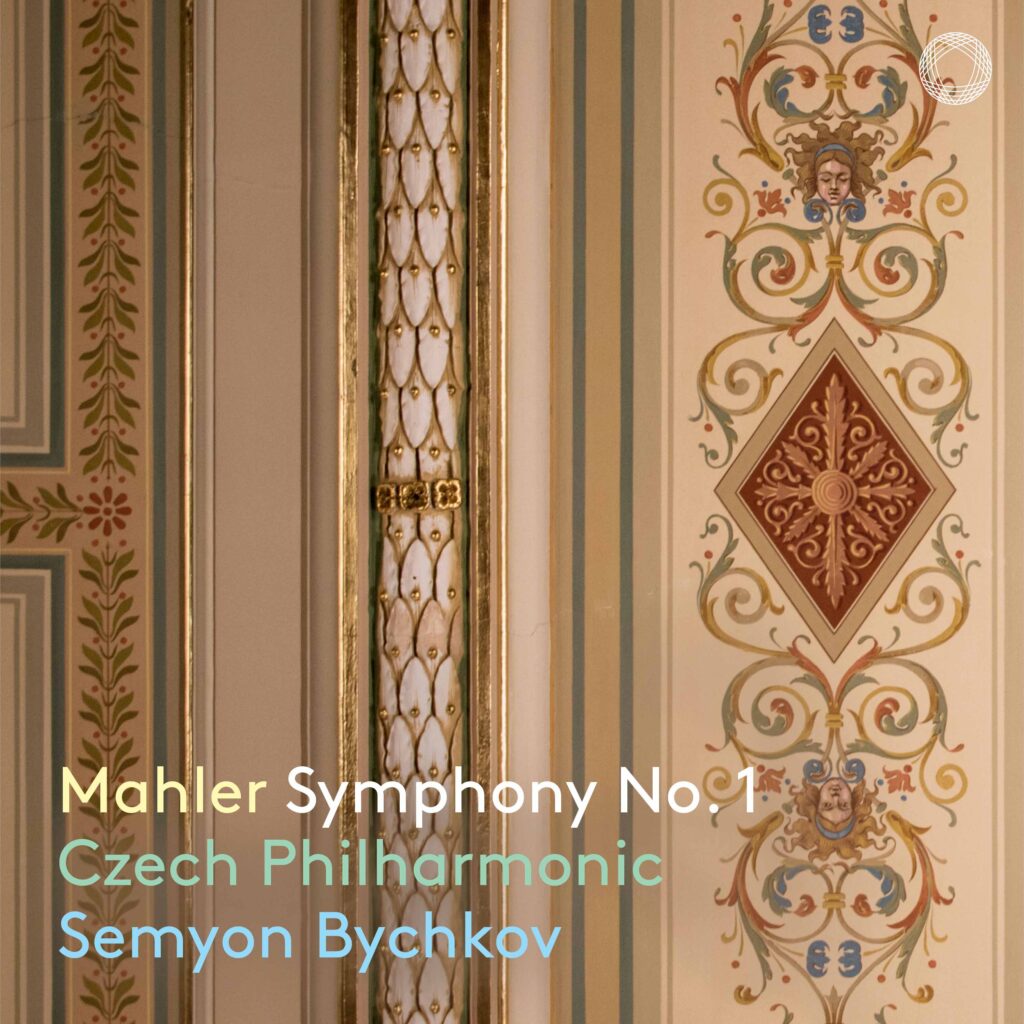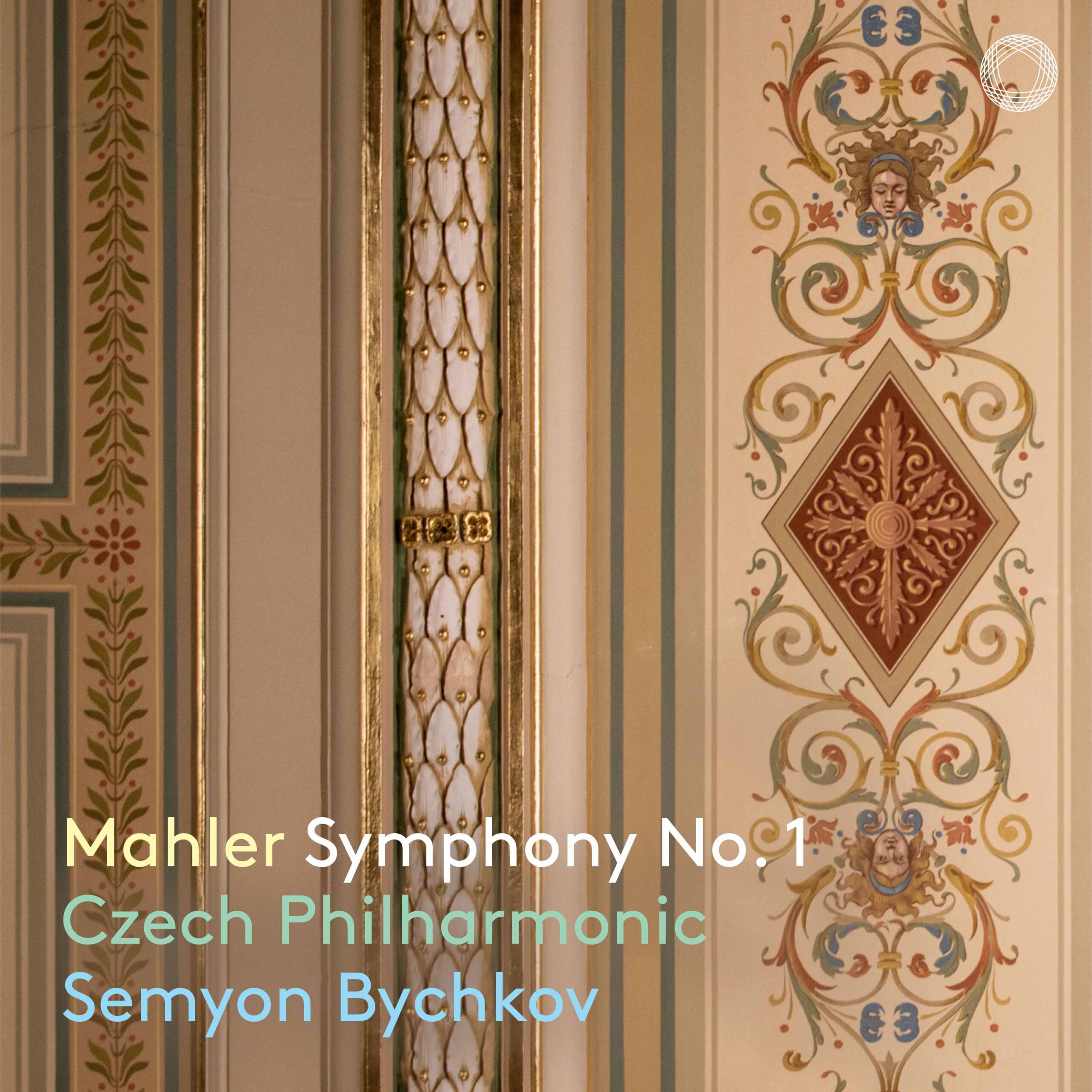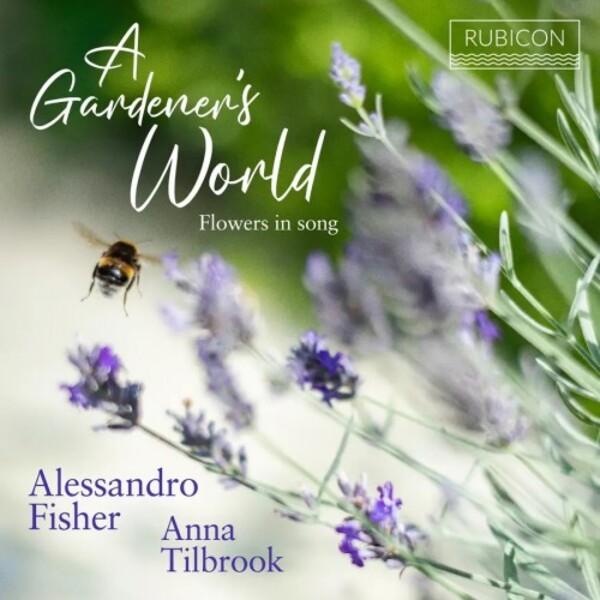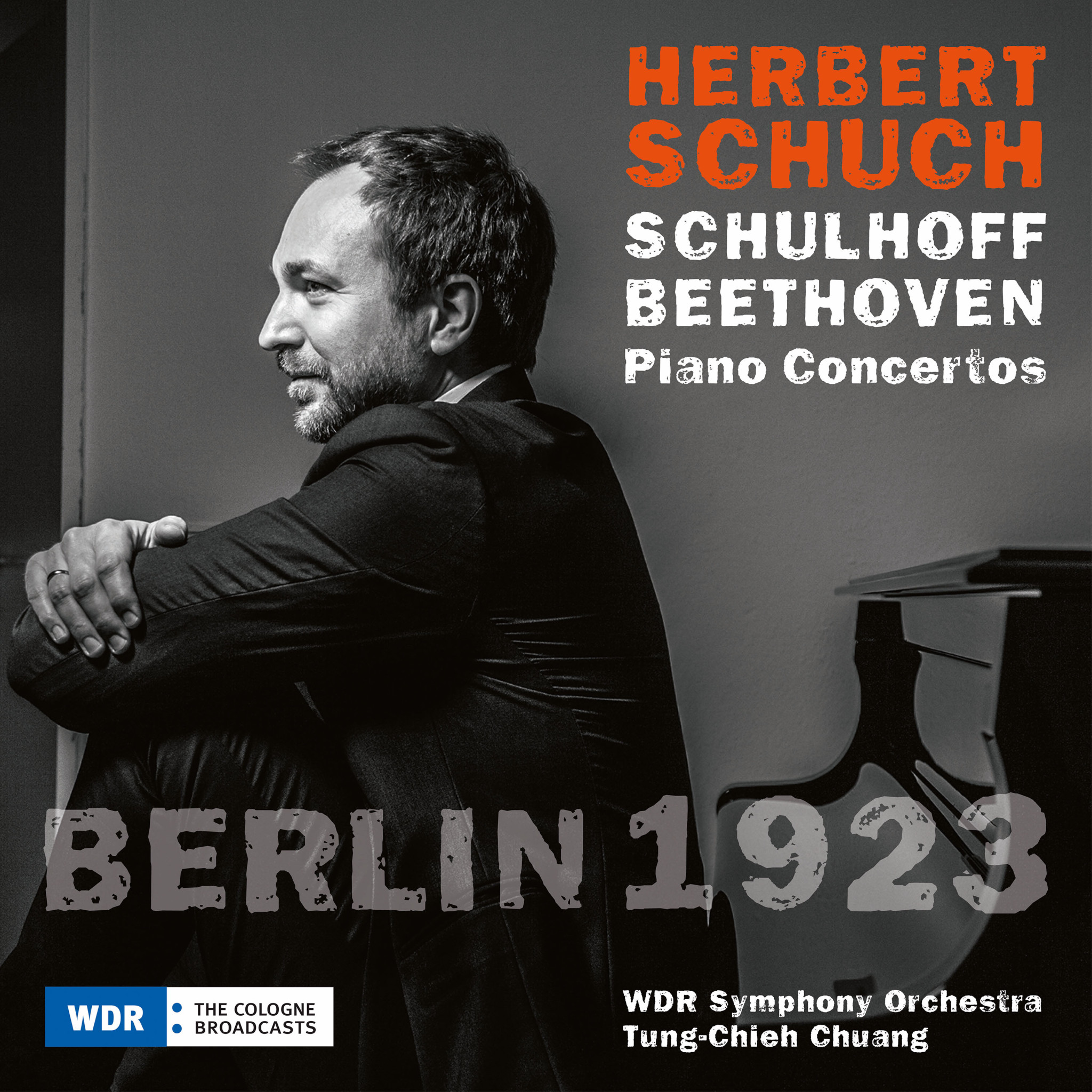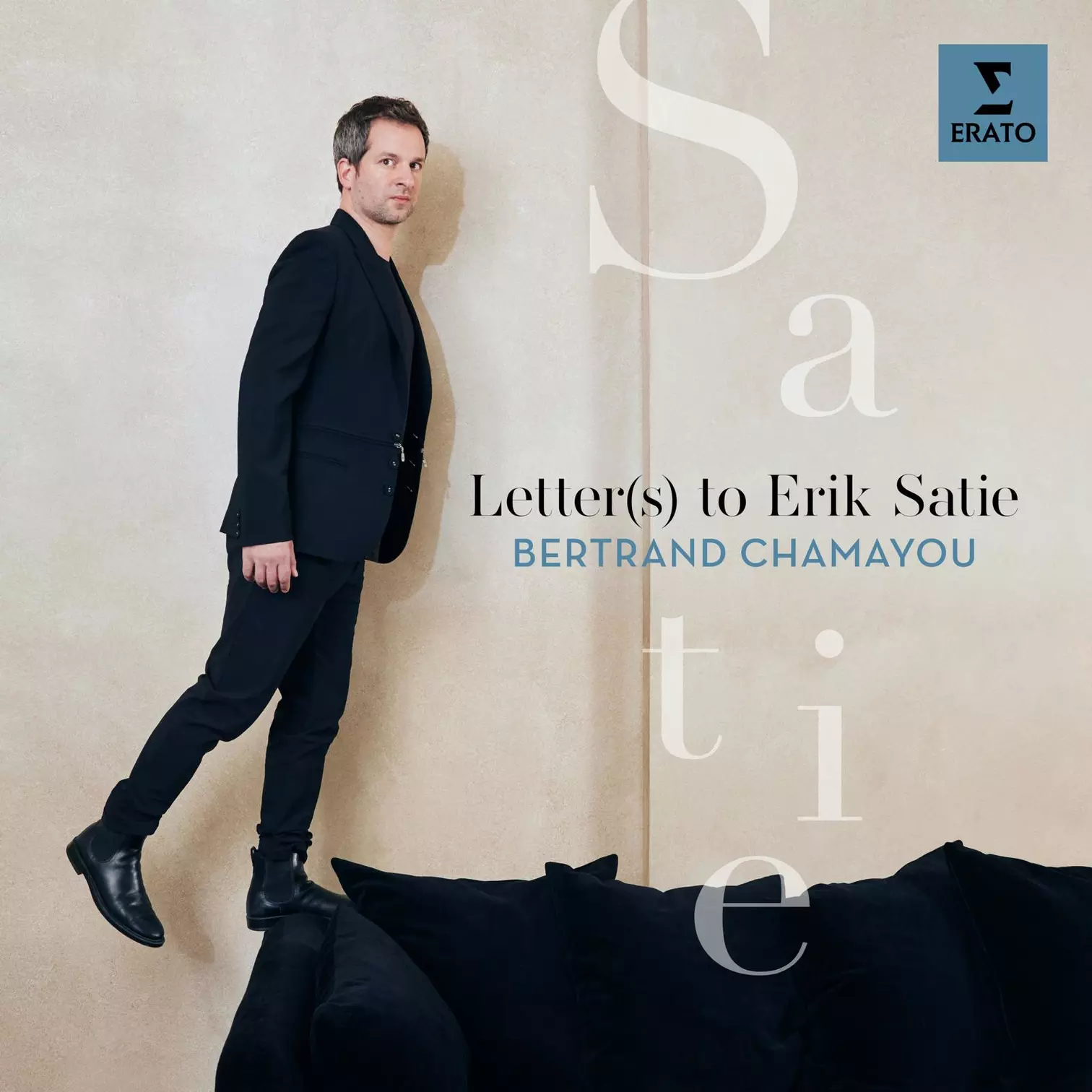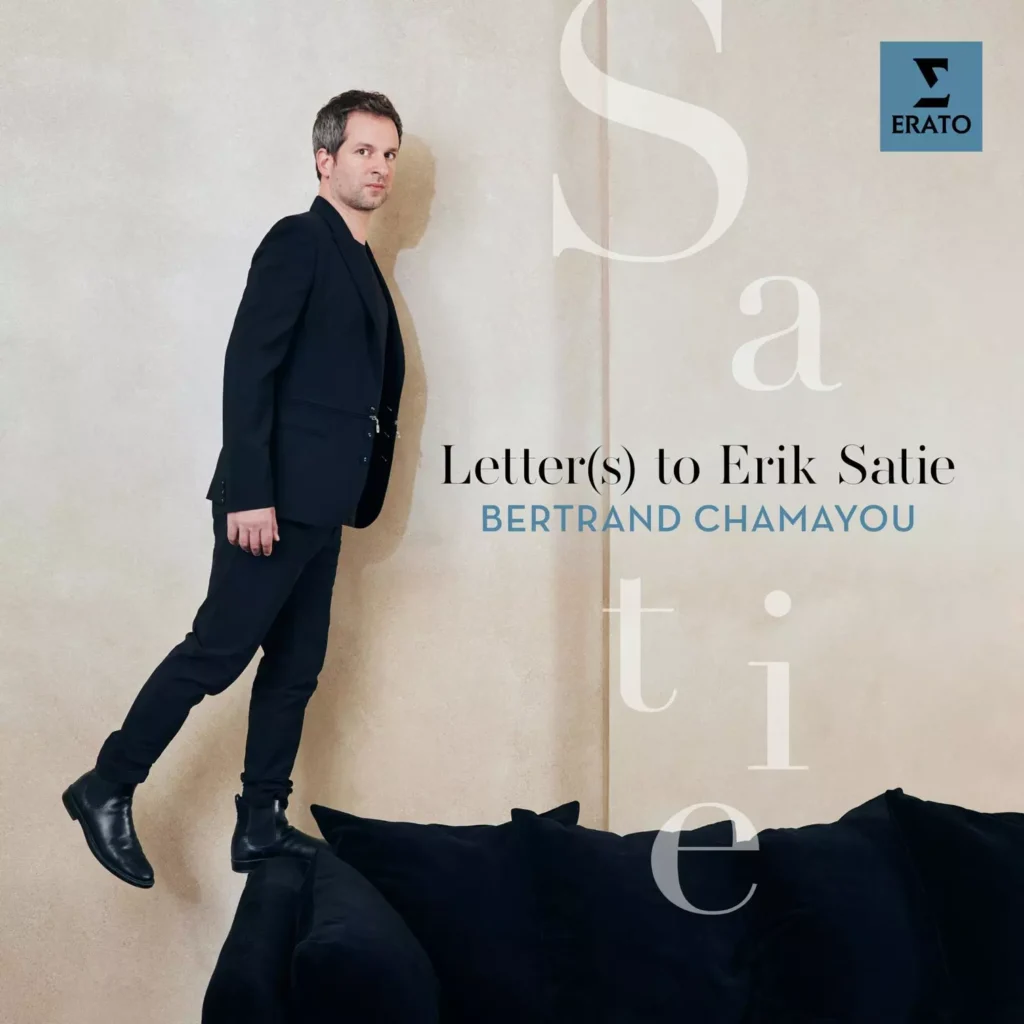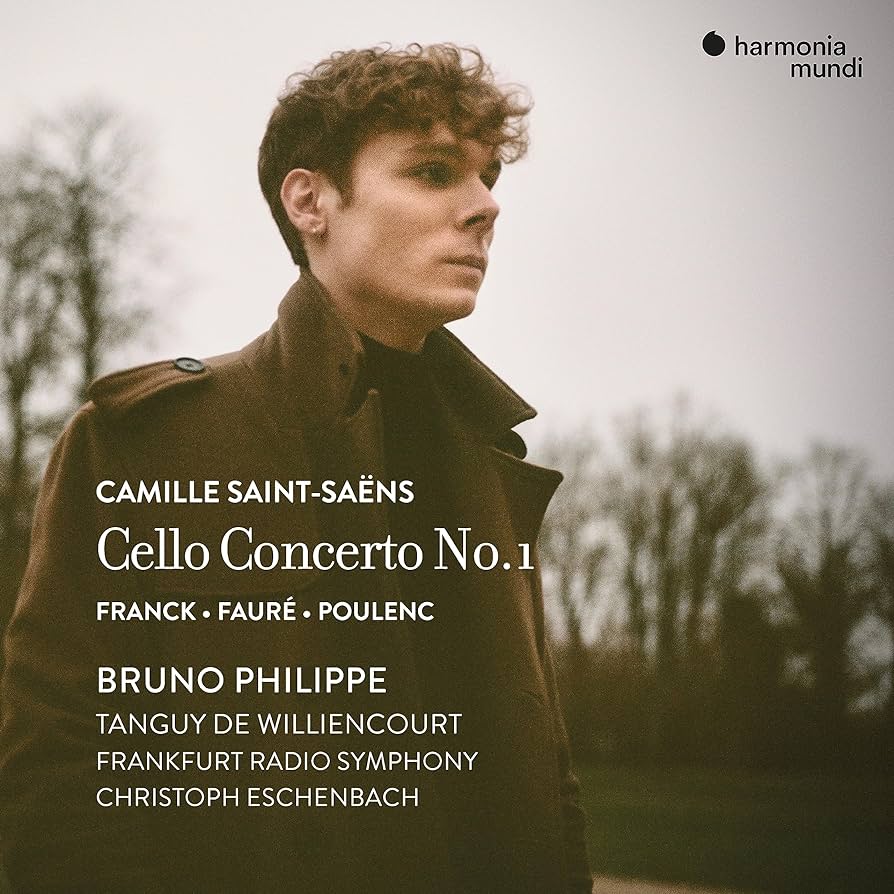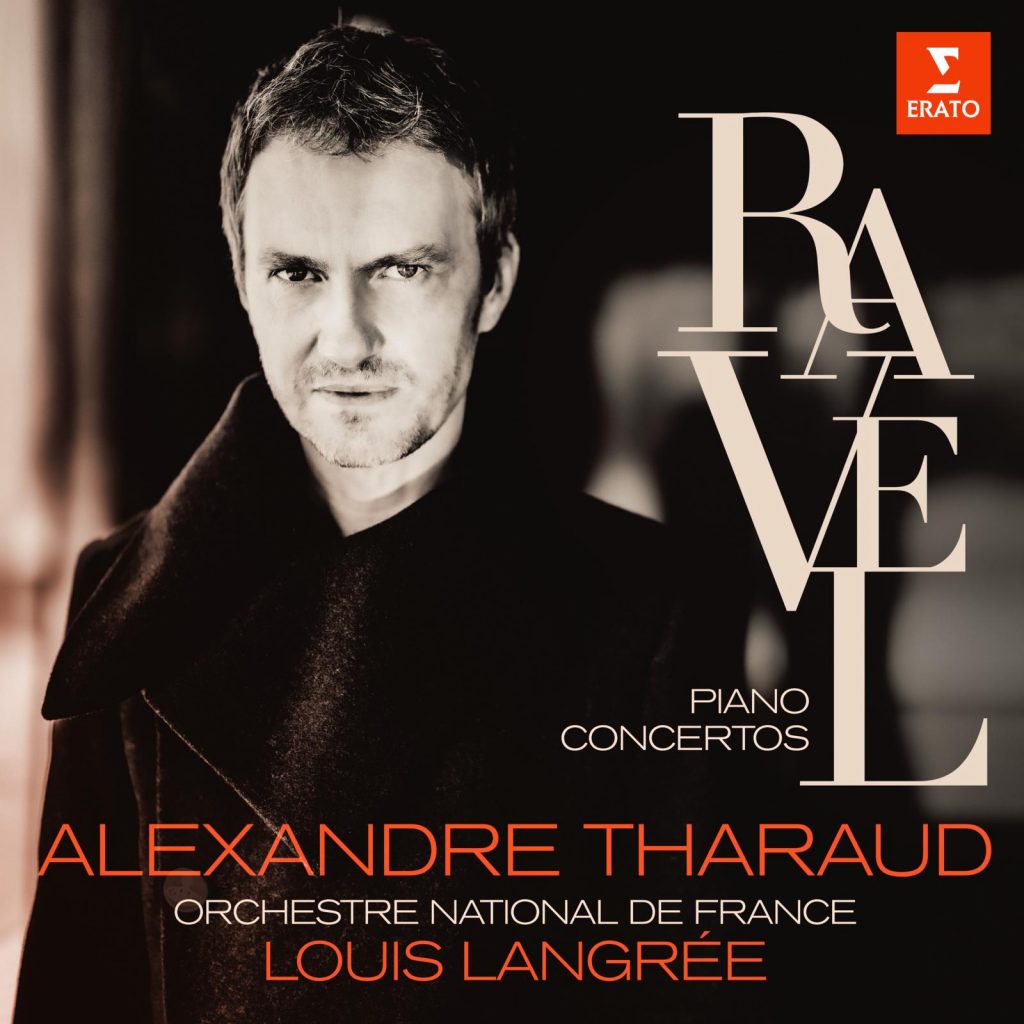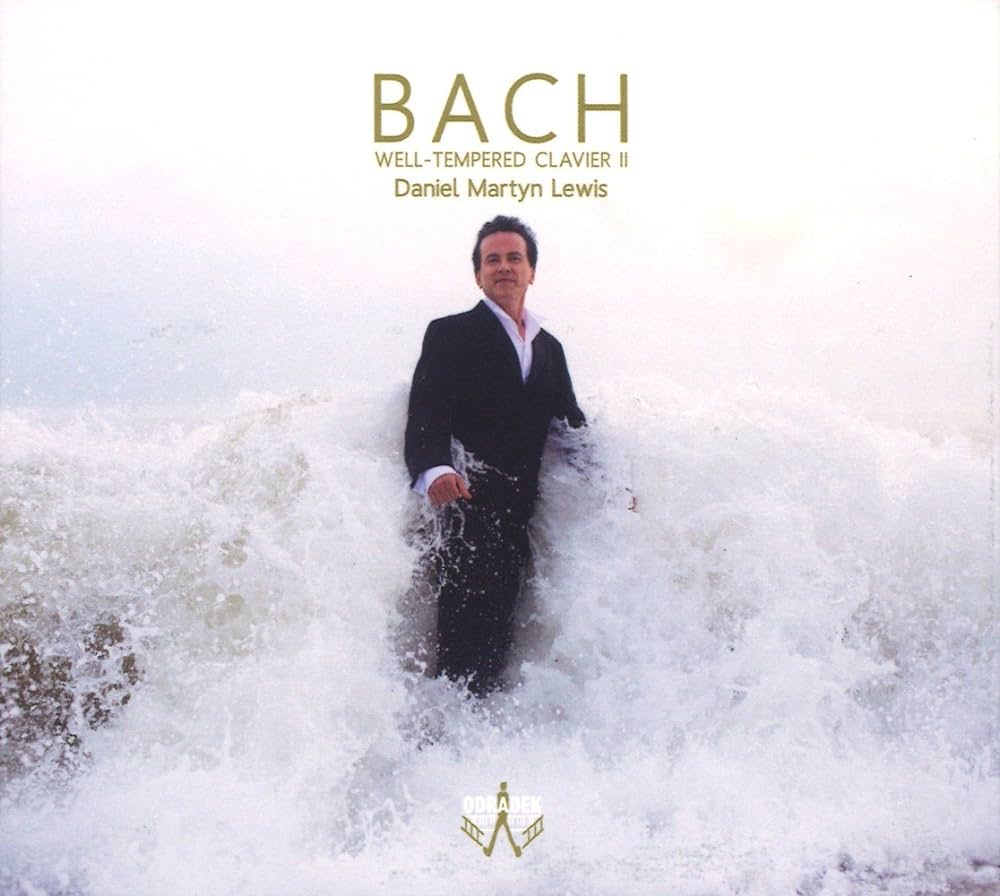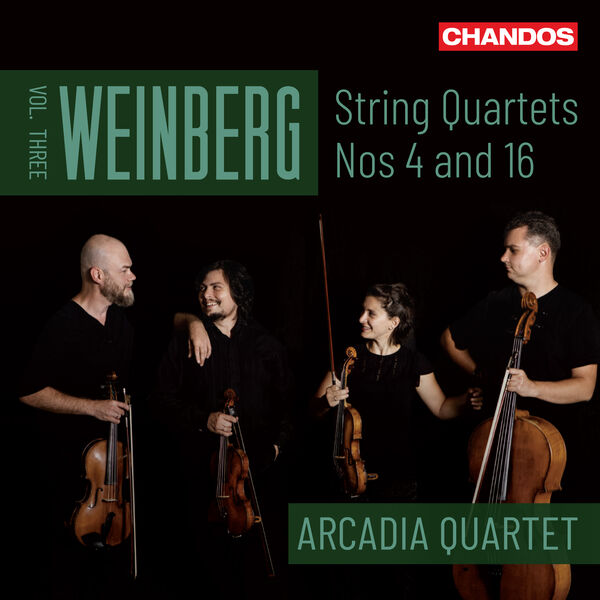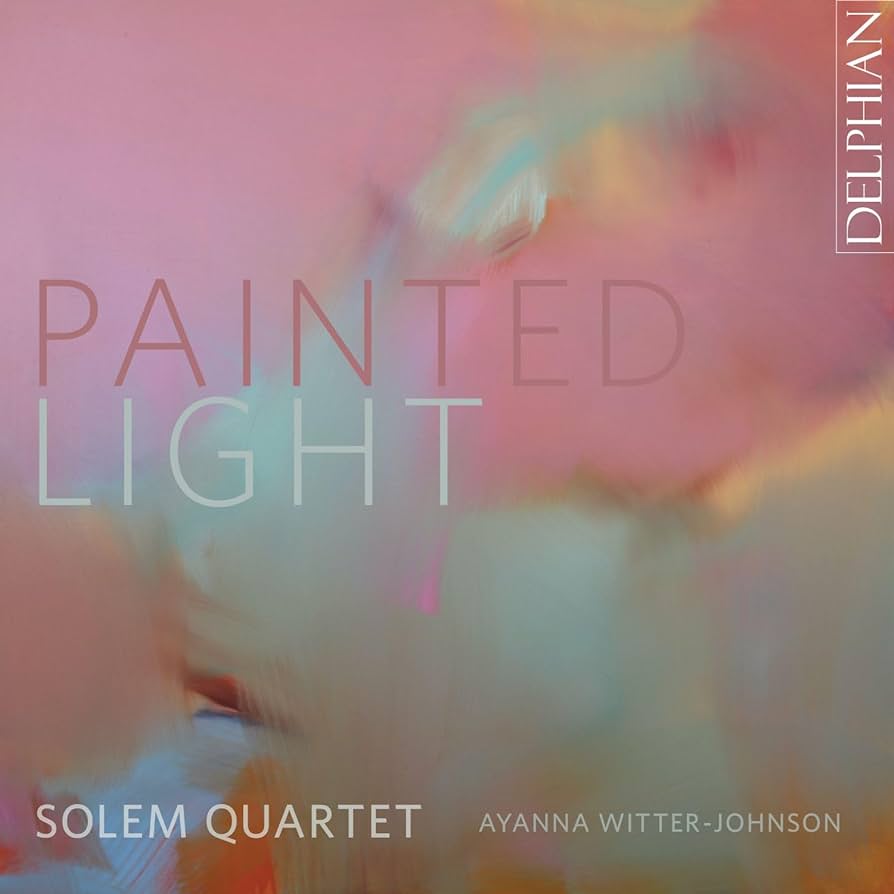MAHLER SYMPHONY NO. 1
An All-Encompassing Sound World
Don Roberts, July 2024
Mahler’s First Symphony, often regarded as one of the most evocative and colorful symphonic debuts in history, receives a captivating interpretation in this recording by Semyon Bychkov and the Czech Philharmonic Orchestra. Mahler’s aspiration to make a symphony “like the world, encompassing everything” is brilliantly captured in this performance, where the orchestra delves deep into the composer’s intricate and multifaceted soundscapes.
From the very beginning, it’s evident that Semyon Bychkov and the Czech Philharmonic Orchestra are on a mission to explore every nook and cranny of Mahler’s musical landscape. The First Symphony is a testament to Mahler’s ability to incorporate a wide array of influences, from animal sounds to hunting horns, rural dances, klezmer bands, and even folk melodies like Frère Jacques. Bychkov and the orchestra approach these diverse elements with great sensitivity, weaving them together into a highly subjective and immersive symphonic drama.
The historical connection between the Czech Philharmonic Orchestra and Mahler’s music is palpable in this recording. Their association dates back to the world premiere of Mahler’s Seventh Symphony in 1908, and Bychkov acknowledges the orchestra’s unique sensibility and sound, perfectly suited to Mahler’s compositions. This sense of a shared history and musical understanding between conductor and orchestra adds depth to the performance.
Bychkov, who has been the chief conductor of the Czech Philharmonic since 2018, demonstrates his profound admiration for Mahler’s work. He approaches the First Symphony with a sense of reverence, describing it as a precious object he hesitated to touch for fear of breaking. However, this hesitation is nowhere to be found in the recording; instead, we hear a conductor fully immersed in the music, guiding the orchestra with precision and passion.
Recorded in 2020 at Prague’s Rudolfinum, the sonic clarity and balance achieved by Pentatone’s engineers are nothing short of miraculous. Every instrument and nuance of Mahler’s score is captured in exquisite detail, allowing listeners to fully appreciate the complexity of the music.
This recording is part of the ongoing Mahler cycle by Semyon Bychkov and the Czech Philharmonic, following outstanding releases of Mahler’s Fourth, Fifth, and Second Symphonies. The orchestra’s reputation as one of the world’s finest interpreters of Mahler’s music is further solidified with this release.
What truly sets this recording apart are the clever rubato and the rich, velvety timbres, especially noticeable in the brass section during the third movement. The trumpets, in particular, shine with their delicate vibrato, adding an extra layer of expressiveness to the performance.
In conclusion, Semyon Bychkov and the Czech Philharmonic Orchestra’s rendition of Mahler’s First Symphony is a remarkable achievement. It not only pays homage to the composer’s vision but also reinforces the orchestra’s status as a leading Mahler ensemble. This recording is a must-listen for both seasoned Mahler enthusiasts and those new to his expansive and emotionally charged symphonic world.
